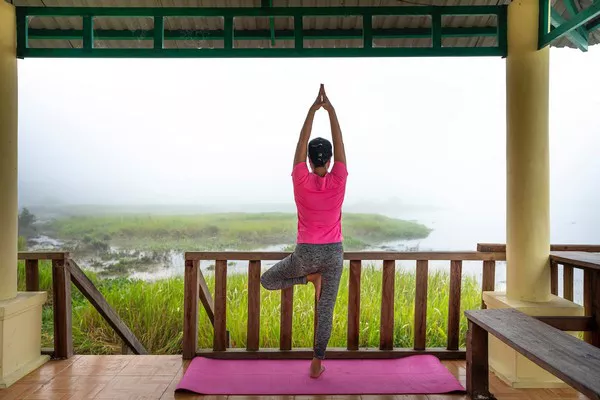Yoga is an ancient practice that has gained immense popularity in the modern era due to its numerous health benefits. It is a form of exercise that focuses on developing physical strength, flexibility, balance, and mindfulness. While many people prefer to learn yoga in a group setting with a qualified instructor, some individuals may wonder if it is possible to learn yoga by themselves. In this article, we will explore the benefits and challenges of learning yoga on your own and provide tips for beginners to help them develop a safe and effective practice.
Benefits of Learning Yoga on Your Own
One of the main benefits of learning yoga by yourself is the convenience and flexibility it provides. You can practice yoga at any time that suits your schedule without having to worry about commuting to a yoga studio or coordinating with others. Additionally, learning yoga on your own allows you to focus solely on your own practice and progress at your own pace without feeling self-conscious or comparing yourself to others.
Challenges of Learning Yoga on Your Own
While learning yoga on your own can be convenient, it can also be challenging. Without the guidance of a qualified instructor, it can be difficult to learn proper alignment and technique, which can increase the risk of injury. Furthermore, it can be challenging to stay motivated and consistent with your practice without the support and accountability of a teacher or group.
Tips for Learning Yoga on Your Own
- Start with the basics: If you are new to yoga, it is important to start with the basics and gradually build up your practice. Begin with simple poses and sequences and gradually increase the difficulty as you gain strength and flexibility.
- Use online resources: There are numerous online resources available for learning yoga, including videos, tutorials, and online classes. Take advantage of these resources to learn proper alignment and technique.
- Listen to your body: Pay attention to your body and honor your limits. If a pose feels uncomfortable or painful, back off or modify the pose to make it more accessible.
- Practice regularly: Consistency is key when it comes to developing a yoga practice. Aim to practice yoga at least three times a week to see progress.
- Consider working with a teacher: While learning yoga on your own is possible, working with a qualified teacher can help you develop proper alignment, prevent injury, and stay motivated. Consider taking a few private lessons or attending occasional group classes to supplement your home practice.
In conclusion, learning yoga on your own is possible, but it comes with both benefits and challenges. If you choose to learn yoga on your own, it is important to start with the basics, use online resources, listen to your body, practice regularly, and consider working with a teacher. With patience, dedication, and a willingness to learn, anyone can develop a safe and effective yoga practice on their own.


